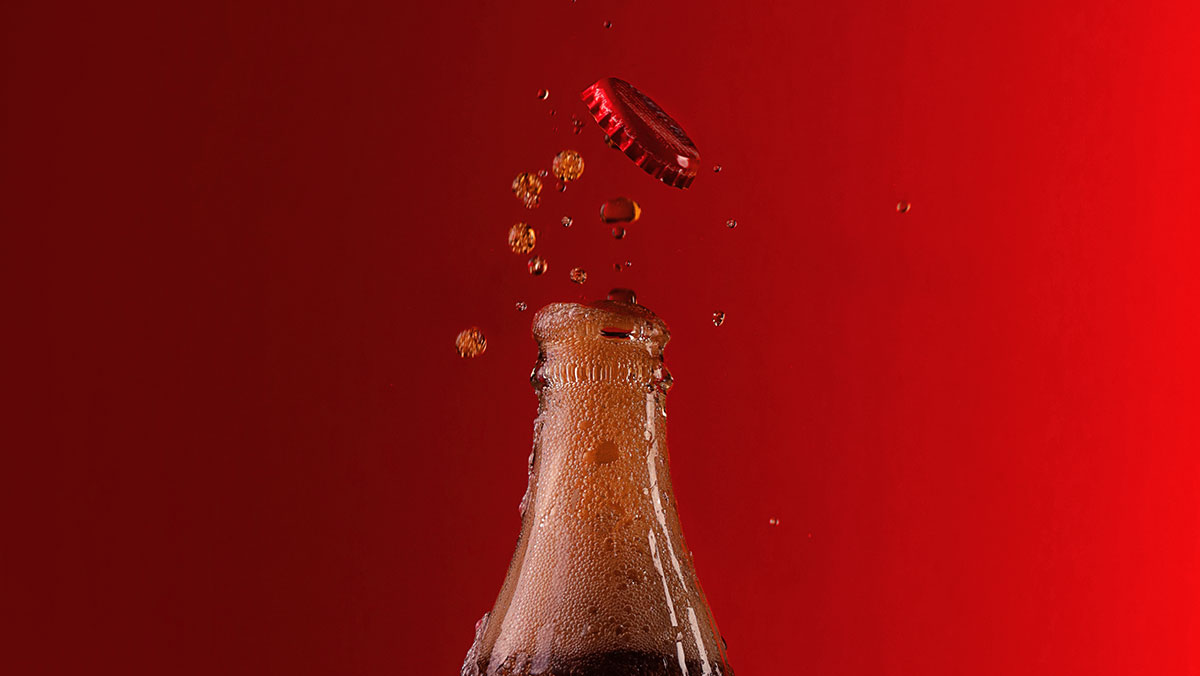
We’ve all been there. A time in our life, whether in the far or recent past, when we walked by a store display, saw an ad, heard a melody, opened a package, smelled inside a jar, and were enthralled – mesmerized by what our senses picked up. Perhaps it was the comforting sugary crunch of your favorite cereal, a series of hilarious videos made by a candy brand, the embossed logo on the side of your sneakers, or the familiar colors of a soda brand that have been present throughout your entire life. For one reason or another, certain brand elements have become engraved in our memories, attaching themselves to a myriad of personal life experiences that have charged them with added value. Just one look at them can give you goosebumps, send you on a trip to some distant moment, or plaster a smile on your face.
That’s the power of distinctive brand assets.
Distinctive brand assets (or DBAs) are the qualities of a product or aspects of a brand’s identity that have profoundly impacted consumers. They are quickly recognized and efficiently associated with the business or item they represent. Of course, not all brand assets are DBAs. Every brand has hundreds, thousands, of different traits that define it: symbols, logo, packaging, spaces, sounds, colors, fonts, characters, shapes, smells, flavors, taglines, etc. DBAs are only those that have remained in people’s minds and hearts. A good rule of thumb for recognizing them is the possibility of identifying them in isolation. Some examples are the Pepsi colors, the Apple store layouts, the shape of Cheetos, the Coca-Cola bottle, and Master Card’s logotype symbol.
One could say that DBAs are good examples of the French expression “je ne sais quoi”. But if you think that companies and agencies come up with these unique traits by randomly looking for ‘hits’, you are probably wrong. These little gemstones are more than they seem to be; they are expressions of something profound and powerful that lies at the heart of a strong brand identity.
Those assets, that song, that taste, that design, that character that doesn’t fail to amaze, are made up of the very essence that defines the brand or product they represent. That sure makes DBAs harder to describe, explain, and create, but that’s just how it is! In most cases, brand builders go through a long tactical process anchored in research and planning that, when done correctly, will lead them to discover a brand’s essence.
Trying to develop successful assets without having created strong pillars first would be like trying to bake a great chocolate chip cookie by guessing the ingredients. When a company succeeds at captivating people with an idea, it’s most likely because they first managed to find the brand’s true essence. To develop meaningful qualities and assets, a business must understand what’s most valuable to their customers and how that matches their product’s qualities and brand’s DNA.
Apple’s unique aesthetic didn’t come about by someone yelling out in the middle of a meeting room, “Hey! Wouldn’t it be cool if we use mostly white and make everything look sleek and minimalist?” It resulted from hard work: deep research, thorough strategy, and creative thinking. It was the consequence of successfully answering questions like “What do customers want in tech products?”, “What do we believe in?”, and “What do our competitors fail to deliver?” All of those efforts led them to discover a simple – yet very profound – notion that would become their brand’s essence: simple elegance. Once they had a compass, brilliant ideas for assets, customer experiences, and product traits would have started naturally unfolding.
For the reasons stated above, superficial information and articles about catchy DBAs can be misleading and dangerous. They might make people believe that DBAs are lucky draws and one-hit-wonders. This misconception could make business owners (and even brand-builders) go down the wrong path very early on in the process of building their brand. They would later be left wondering why the funny video (that they paid dearly for) or the bold designer packaging they commissioned didn’t succeed. Of course, the possibility of producing a gimmicky one-off asset that works exists, but it’s unlikely. Finding a brand essence that can support unique and purposeful ideas has a better chance of leading you to your next distinctive brand asset.
Cover image source: Slashio Photography